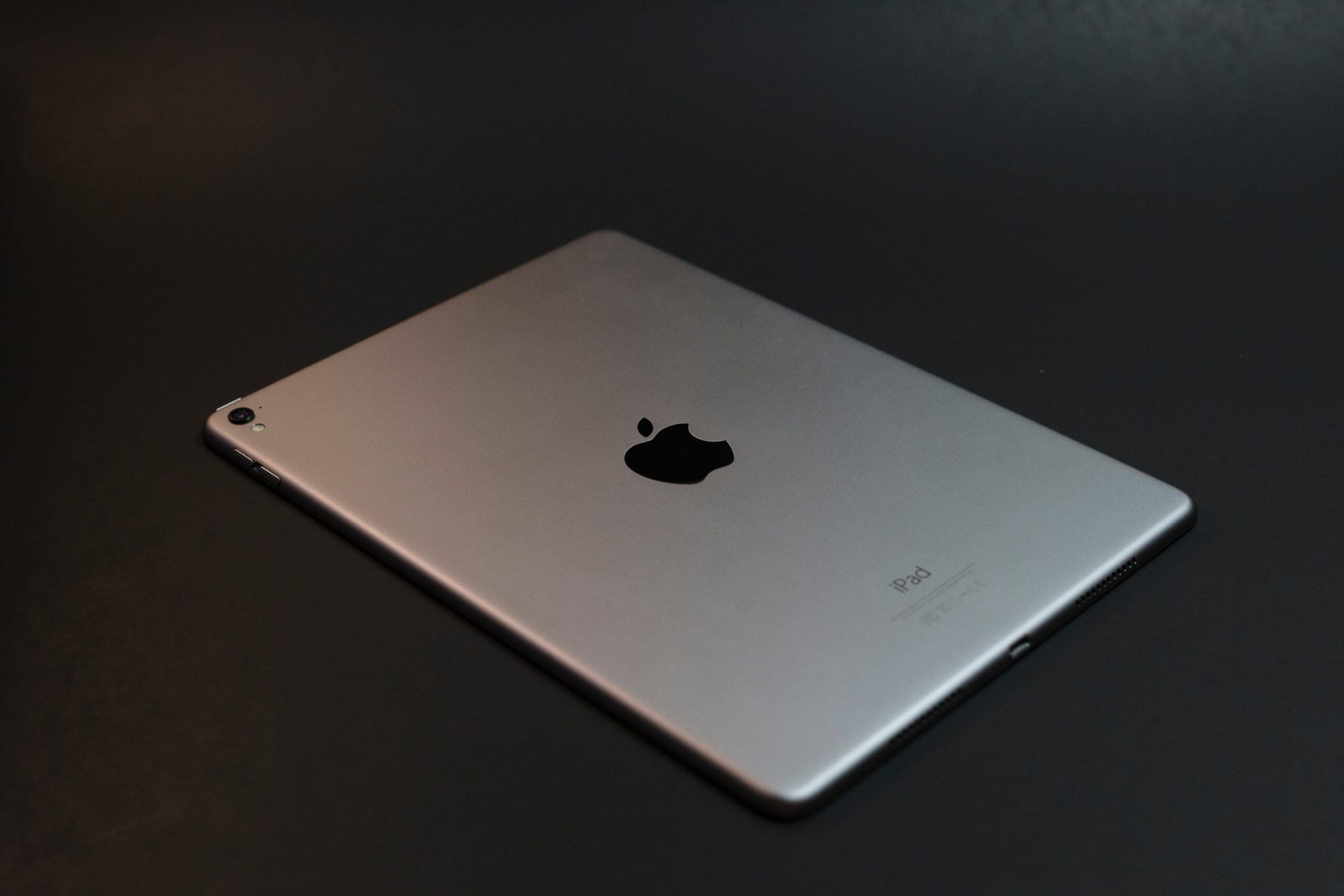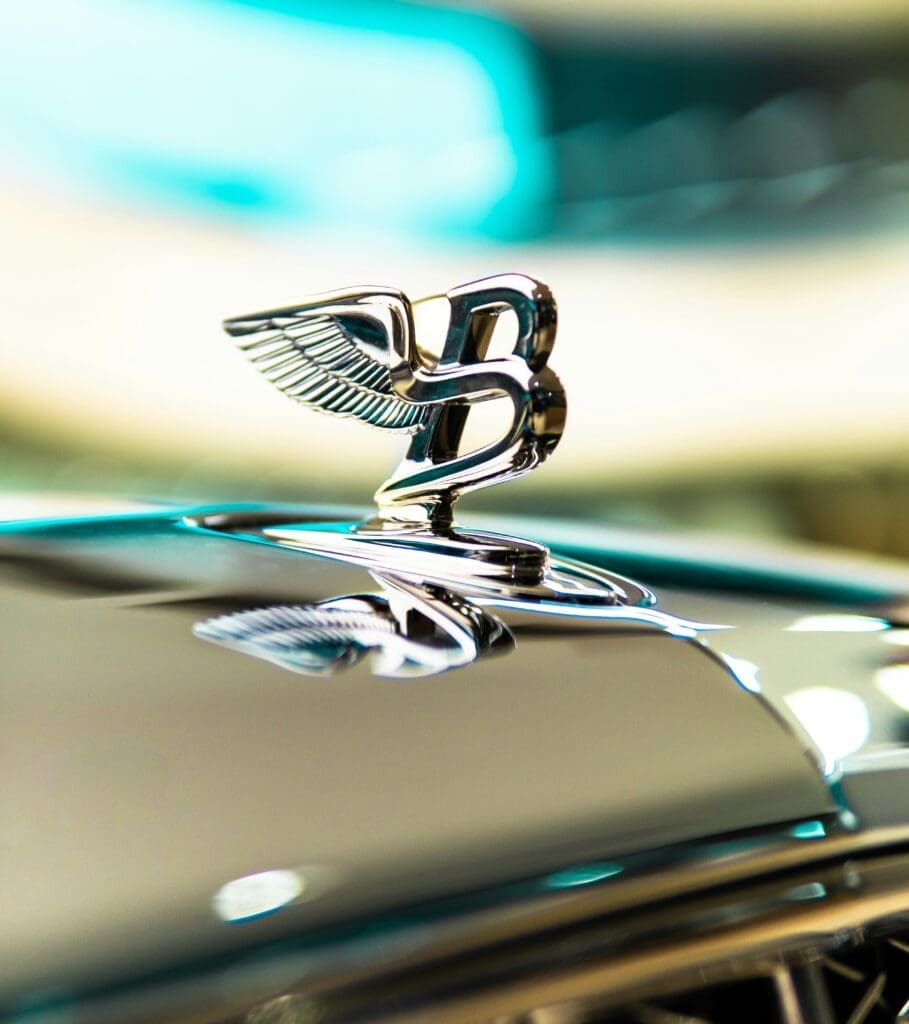The Basics of Branding

In a nutshell, your brand is your promise to consumers. It’s who you are, not as a person but as a company. It’s the “why” behind your business. What do we mean by that?
There’s a concept called the “golden circle,” first expressed by branding guru Simon Sinek. It’s a way of organizing your company’s priorities to make your product and your message compelling to consumers.
In the center of the circle is your “why.” Your “why” is your reason for being — and “to turn a profit” doesn’t count. Why does your company exist? Why do you go to work every day? And why should anyone care?
The next layer is the “how.” The “how” of any brand is how your product is different or better from its competition. Whether you call it a “differentiating value proposition,” a “unique selling proposition,” or something else, it’s what sets you apart from everyone else in your space.
The outermost layer is “what.” The “what” is simple — it’s what you do. Maybe you make laptops, maybe you sell Italian food, maybe you build houses. The “what” is easy to identify, but it’s the least important piece of the puzzle.
The Patagonia Example
Let’s take the clothing company Patagonia as an example.
The “why” is environmental activism. Patagonia is focused on “using business to inspire and implement solutions to the environmental crisis.” It’s in their mission statement. It’s their very reason for being.
How is Patagonia doing this? By focusing on sustainability and environmental consciousness in every aspect of their company, from manufacturing to recycled materials to political campaigning to charitable donations. Patagonia lives its “why” in every step of its process.
So what’s the “what?” That’s the easy part: Patagonia makes clothing, from casual wear to cutting-edge outdoor gear, that can handle the harshest of climates.
Patagonia isn’t the only company making premium outdoor clothing, and they’re certainly not the only ones making cotton button-down tees. The “what” is not what makes them stand out from the crowd. It’s the “why.”
Why Does My Business Need Branding?
The simple fact of the matter is that to succeed, you can’t just make something that people need.
You need something for customers to associate with you besides just what you make. There are plenty of companies and brand names out there with no real distinction from each other, and they blend together as a result.
Think about toothpaste. Crest spends over $100 million a year on advertising, not to mention the money spent on strategy and marketing. But can you really articulate what makes Crest different from Colgate? They’re both just toothpaste and when you’re standing in the grocery store, you’ll probably buy whichever one is on sale at the moment.
But you can tell me what makes Tom’s of Maine toothpaste different from Crest or Colgate. Tom’s has a reason for being, a mission, and principles to drive that mission. That mission doesn’t have to be lofty — natural ingredients and sustainable business practices — but it’s something that Tom’s has made their own.
Start Building Your Brand
Start with why. Think back to the golden circle again — we’re going to bring that up a lot on this page. Figure out your “why,” and the rest will follow from there.
Who are you? What’s important to you, both as a person and as a business? What are you trying to achieve? What is your company’s mission?
Think about what your company does or provides and what you want to accomplish by providing it. Are you trying to make sure everyone has access to toothpaste with natural ingredients? Are you trying to reduce the environmental impact of the clothing industry?
What do your existing customers think about your company, and is that different from how you want to be thought of? When cognac brand Remy Martin was founded in 1724, it’s safe to assume they never expected their 1738 brand to be mentioned in rap songs. But in 2010, they embraced their new image and made rapper T.I. an official Global Creative Consultant for the brand.
Buyer Personas
Part of building your brand is building buyer personas. After all, whatever your mission is, you want to market to people who share those goals and embrace your ideals. A buyer persona is an idealized image of your ideal customer, so think about who that is. Think about other brands for help — is the average Harley-Davidson owner the same kind of person as the average Prius owner? Of course not.
Collect data about your existing customers — things like age, job, income level, interests, what problems they’re trying to solve, etc. Is that who you want them to be? Or are you going in a new direction that requires building a new persona to direct your marketing efforts toward? Obviously, not every single customer will fit your persona (or personas, depending on the size and breadth of your business). But you’re not marketing to everyone; you’re marketing to a core group. Give some thought to who that core group is.
Brand Equity
You might be wondering why all of this is so important. Why do you need to put so much energy into establishing your brand and making it consistent? The answer is brand equity. Brand equity is the set of values and liabilities that consumers associate with your brand name, and it greatly informs how they interact with you.
Maintaining brand equity allows you to own a greater mind and market share of the space your business occupies.
You want to be on the top of your customers’ minds — when they think of your industry, they think of you.
When you think of a chocolate sandwich cookie with a cream filling, you think of Oreo. Dozens, if not hundreds, of other name-brand and generic versions of that cookie exist, but Oreo’s brand equity is far stronger than theirs.
The Brand Asset Valuator, developed by Young and Rubicam, is a good start for determining your brand equity using four criteria:
Differentiation. How does your brand stand out from others? This doesn’t just have to be about product differentiation — Arc’teryx and Patagonia both make premium outdoor clothing, but only Patagonia can claim the reputation for being as eco-conscious as possible.
Relevance. Is your distinction relevant? Is what you bring to the table actually useful to today’s consumers? History is littered with brands that were different, but not in a way that anyone cared about. Do you remember what made Saturn cars stand out from the crowded car market? Neither does anyone else.
Esteem. How do people think of your brand and, by extension, your company? Are you popular or enjoyed by a niche group of enthusiasts? Are you reputable, or are your products liable to fail? Do you keep your promises, or do your corporate goals seem to change on a whim?
There’s a big difference in perceived quality between Beats headphones and Audio-Technica or between LaCroix and store-brand sparkling water. Why? Those brands have put a huge amount of effort into building and maintaining brand equity.
Knowledge. This is the ultimate goal for any brand. In this realm, consumers not only recognize the brand but also grasp its identity. High levels of awareness lead to a deep connection between consumers and the brand. This is the space where market leaders like Apple firmly establish their dominance.
Final Thoughts
In a nutshell, your brand is your promise to consumers, shaping who you are as a company and why you matter. Just as a ship needs a clear course, your brand needs a “why” at its core, guiding every message and action. Consider the “golden circle” concept, where your “why” fuels your unique “how” and “what.” Think of your brand as a ship with a mission, like Patagonia’s environmental activism.
To succeed in a sea of competition, you must build a brand that stands out. Crest and Colgate are dominant toothpaste brands, yet brands like Tom’s of Maine succeed because they have distinct missions and principles. Start with your “why” and define your mission. Craft buyer personas to target the right audience. Your brand equity, shaped by differentiation, relevance, esteem, and knowledge, is your compass on this branding journey. Establish your brand’s “why,” and you’ll chart a course for success in the vast ocean of consumer preferences.





